The roots of the computer graphics industry trace back to the emergence of the first computer-aided design software in the early 1960s used by leading car manufacturers. Initially, CG objects adhered to an Euclidean drawing system, progressing from CAD platforms to contemporary modeling software. The fusion of CAD with artificial intelligence in design processes expedites the creation of virtual worlds, potentially altering traditional human roles while opening up novel modeling avenues. Despite its often overlooked nature, CAD remains indispensable for verifying, refining, and rendering solid models, ensuring precise visualization. Serving as the cornerstone of CG, CAD technology, despite its seven-decade history, underpins the quest for photorealistic imagery accuracy.
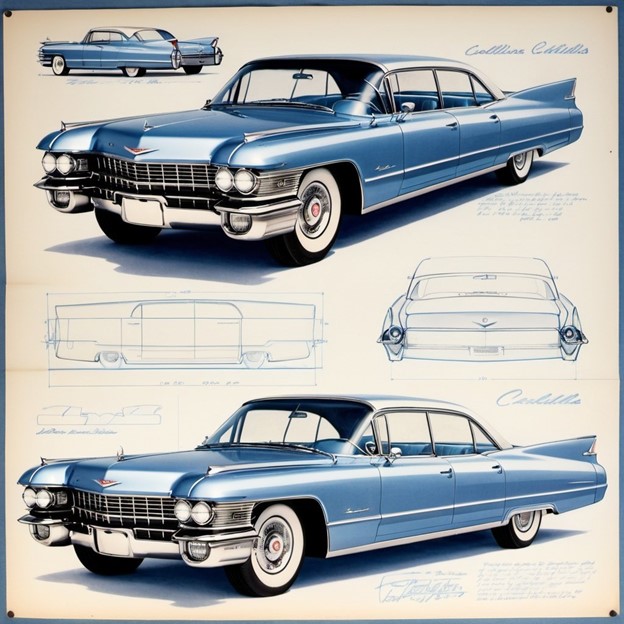
The computer graphics sector began its journey with the inception of the earliest computer-aided design (CAD) programs in the early 1960s. Foundational elements like 3D wireframe and 2D layout programs serve as the bedrock of the entire CG realm. Many industry insiders are familiar with the iconic images of engineers seated before bulky CRT monitors equipped with light pens, engaged in CAD work.
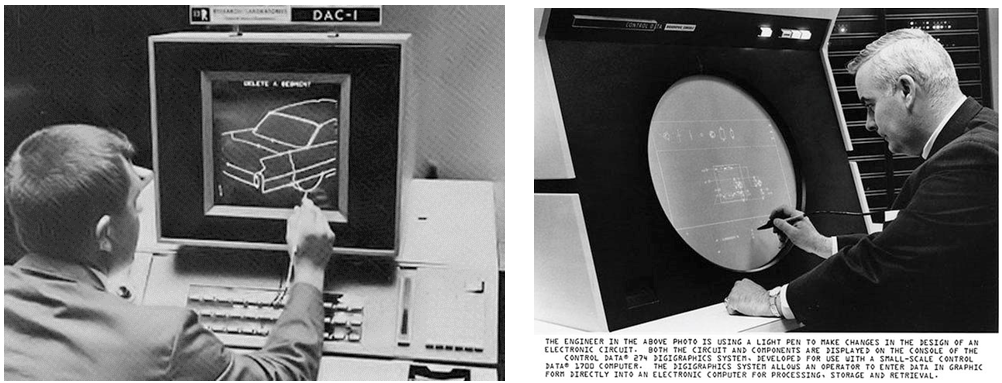
In the nascent stages, CAD programs were prevalent, and a few adventurous individuals ventured into developing their own software solutions. Ed Catmull stands out as one such pioneer who crafted the initial polygonal 3D computer-animated CG film in 1972 featuring a hand, leveraging a custom-built 3D modeling and animation program. This innovative tool enabled the depiction of a disembodied hand on a screen and imbued it with motion.
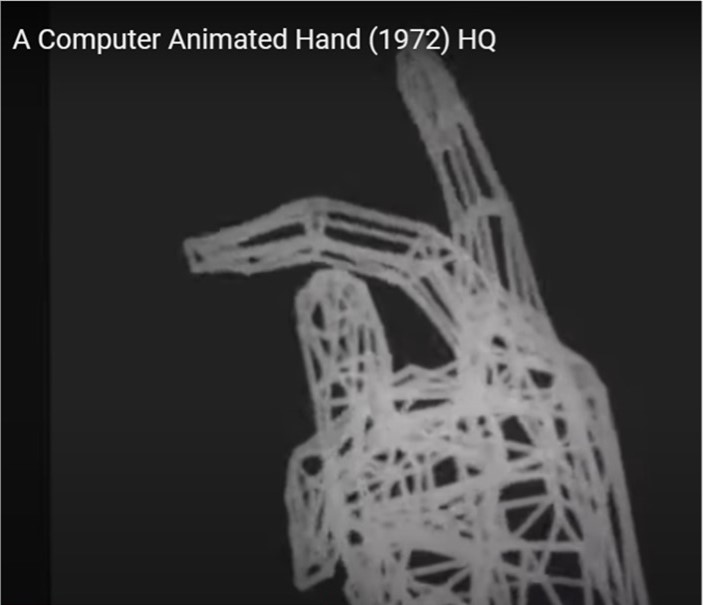
Within the realm of computer graphics, the construction of scenes and characters relies on an Euclidean drawing system, often rooted in CAD programs. However, these 3D systems are commonly called modeling programs within the CG domain, serving as the cornerstone for CG models.
Since its inception in the late 1950s and early 1960s, the CAD industry has experienced profound changes. Initially emerging in the 1960s, CAD brought about an era of automation lasting until the ’80s, and its influence remains prevalent today. Nevertheless, CAD now functions as just one component within an increasingly complex system interwoven with real and virtual realms.
The fields of design, modeling, and engineering—spanning industries like manufacturing, architecture, engineering, and construction, infrastructure, civil engineering, and media and entertainment—are undergoing transformational changes to incorporate technological advancements such as cloud-based workflows, IoT, and artificial intelligence (AI) and machine learning (ML). These innovations facilitate the development of digital twins for real-world products and structures. Furthermore, when coupled with AI, CAD can generate intricate digital landscapes, universes, forests, castles, and creatures. Integrating AI into modeling processes has not only accelerated and enhanced the complexity of the created worlds but also expedited the creation of various elements within them, including objects, vehicles, and characters.

Integrating artificial intelligence and machine learning techniques is poised to revolutionize the model creation process, potentially reducing human involvement. Despite this, there’s optimism about new opportunities, particularly in roles where individuals teach machines to handle more complex tasks. The rapid pace of change allows professionals to adapt quickly without seeking new employment. However, the lingering effects of the pandemic have presented significant challenges, forcing companies to transition to remote work hastily, deal with factory closures, and ground sales teams. Despite ongoing uncertainties, the evolving landscape offers swift changes and opportunities for professionals.
Once major exhibitors at Siggraph events, CAD suppliers gradually withdrew from the exhibitions as Siggraph’s focus shifted toward the film industry. Consequently, these CAD companies established their own conferences tailored specifically to their user base.
Once the modeling phase of a CAD project is completed, whether it involves designing a skyscraper, a car, an airplane, or an alien creature, the model undergoes a crucial inspection to detect any flaws, such as unconnected vertices. This initial assessment involves manual scrutiny by a human, who meticulously examines the model by rotating and tilting it to identify imperfections in polygon alignments. Any unconnected vertices are revealed as cracks of light that become visible during this visual inspection process.
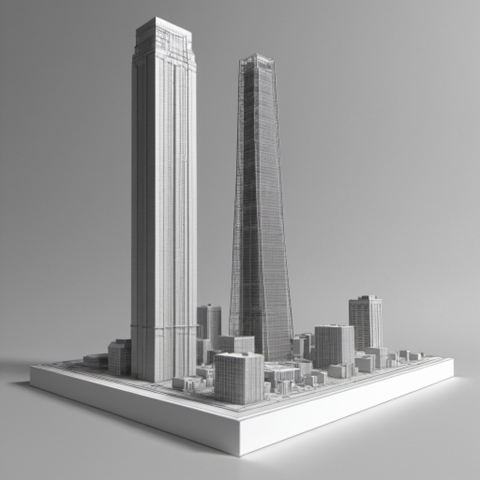
Once the model is deemed solid, indicating its reliability and correctness, it proceeds to the final visualization stage, typically involving ray and path tracing techniques. Before the precise rendering phase, engineers, designers, and marketing professionals may examine the design in a CAVE or through a VR headset, often called a CAVE on your face. This stage allows for adjustments to be made, such as adding or removing floors from a building, repositioning a steering wheel, or modifying the appearance of a space alien by adding or removing claws.
All the adjustments entail manipulating vertices within the CAD model. A crucial aspect of the process is ensuring that every attribute associated with a vertex—such as its material, color, stress factors, and weight—adheres to it and interacts accurately with surrounding vertices and their environmental data. Visualization specialists and artists view it as modeling, while mechanical and AEC engineers regard it as CAD. In reality, it encompasses both perspectives, and the outcome truly matters.
What rendered GPUs invaluable was the integration of the transformation and lighting engine, with the transformation engine overseeing vertices and their metadata—the forefront of the CG and GPU pipeline. In today’s CG realm, CAD is no longer in vogue; it’s often perceived as mundane or trivial. Modeling, the more fashionable term, takes precedence. However, beneath every front-end modeler lies a CAD engine, whether developed in-house or licensed. The ray-tracing engine, again either proprietary or licensed, lies at the opposite end of the CG pipeline. Nevertheless, ray tracing wouldn’t achieve photorealistic accuracy without a robust CAD model as its foundation for light projections and bounces.
Our recent market research study found that CAD software is a crucial tool for design documentation and mechanical design tasks. It replaces manual drafting with automated processes and supports manufacturing and development endeavors by providing detailed product diagrams, material specifications, tolerances, dimensions, and other vital information. Over the past two decades, the digital revolution has elevated CAD to the forefront of modern digital practices.
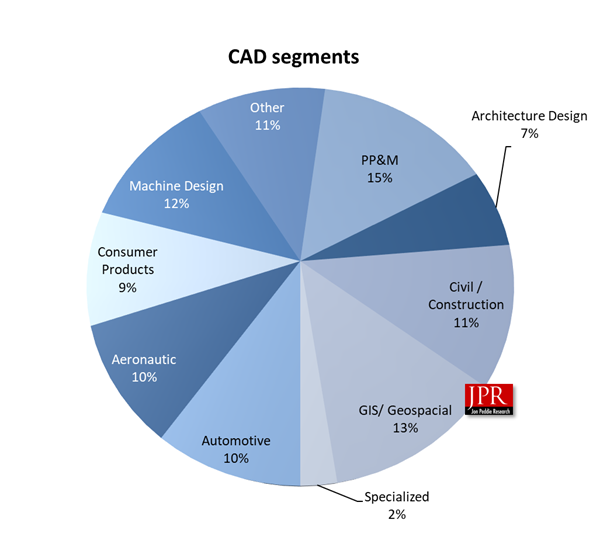
The CAD software market is projected to expand to a value of $16 billion by 2027, primarily propelled by the increasing adoption of digital twin systems. Between 2024 and 2027, the demand for CAD solutions is anticipated to grow at a compound annual growth rate of nearly 7%, reaching an estimated value exceeding $20 billion by 2033.
Autodesk, Dassault, and Siemens dominate the CAD market, collectively holding over 65% of its share. Secondary players, including Bentley, Hexagon, and PTC, capture an additional 20%. The remaining market share is distributed among more than 15 other companies. Moreover, the leading players are consolidating their positions, indicating a trend towards further market concentration. The report provides a SWOT analysis of the top nine CAD companies.
Let’s give credit where it’s due: The captivating images we see in movies, TV shows, advertisements, and magazines owe their existence to CAD, a technology that has existed for over 70 years. It’s remarkable how this age-old technology continues to underpin and shape our visual world. So, let’s acknowledge the role of CAD in shaping modern media and give a nod to its enduring legacy.
Editor’s Note: Dr. Jon Peddie founded Jon Peddie Research (JPR) with the aim of providing consulting and market forecasting services in the field of computer graphics technology, with a focus on promoting economic inclusion and resource efficiency. Dr. Peddie serves as a trusted advisor to investors in the technology sector and holds advisory roles with the U.N., various companies in the computer graphics industry, and the Siggraph Executive Committee. Recognized for his contributions, Dr. Peddie was named an ACM Distinguished Speaker in 2018. He is also a senior and lifetime member of IEEE, having previously chaired the IEEE Super Computer Committee, and has served as the president of The Siggraph Pioneers. In 2015, Dr. Peddie was honored with the Lifetime Achievement Award from the CAAD Society. With a prolific body of work, he has authored numerous papers and technical books, including titles such as “Augmented Reality: Where We All Will Live,” “Ray Tracing: A Tool for All,” and his latest series, “The History of the GPU,” along with two fictional titles.